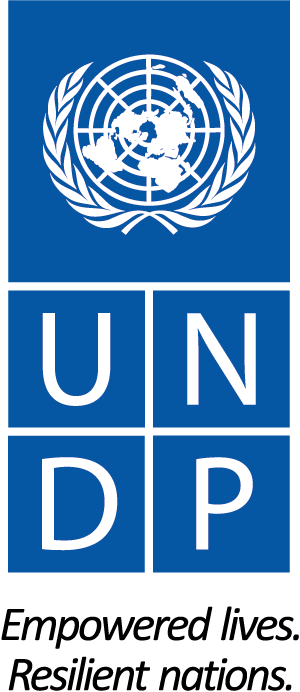Ensuring national ownership
Development cooperation needs to be people-centric and respond to national priorities. SDG Fund governance mechanisms ensure the full participation of national government and partners.
Promoting national ownership is 1 of the 5 principles of the Paris Declaration on Aid Effectiveness. Government institutions of all levels, as well as civil society and communities, should feel entitled to own and sustain a development initiative.
Ownership is the best strategy to guarantee that a development project succeeds and expands in the long run. Governments at national, regional and municipal levels more readily assume ownership when initiatives build on their visions, strategies, and frameworks.
How do SDG Fund programmes promote national ownership?
- Consultation, starting with programme design, with stakeholders at the country-level. Stakeholders include civil society, advocates, communities, governments, media, and others. Involving local counterparts in the decision-making processes is one of the biggest challenges in a joint programme. More than 1,500 people were consulted for formulating the new SDG Fund programmes. Communicating with and listening to stakeholders and partners is a valuable investment in the long-term success of a development programme.
- Alignment with national priorities. All SDG Fund programmes are aligned with the country’s UNDAF, a framework established between the country’s government and the UN system. It describes how the UN system is going to respond to the national development priorities, usually for a period of 4 years.
- Governance structure. Each SDG Fund programme is part of several governance arrangements: a National Steering Committee, a Programme Management Committee, and local coordination arrangements. This structure has contributed to democratize decision-making and facilitate the flow of information, dialogue, better coordination and stronger ownership.
- Dialogue. The SDG Fund provides a platform for political and technical dialogue among national stakeholders and the UN system. It’s especially helpful for dealing with intersectoral challenges. Councils and committees involving public authorities and non-profit stakeholders have increased accountability and distributed leadership and responsibilities.
- Matching funds. All SDG Fund programmes rely on additional matching funds provided by national and local governments, international donors and the private sector. By requiring matching funds, the SDG Fund expects to increase sustainability and the potential to scale up. Indeed, 56% of the overall SDG Fund budget comes from matching funds. Over USD $17 million dollars are provided by national partners (government and private sector). This means that national partners have a greater stake in the success and sustainability of programmes.
- National execution. Joint programmes executed nationally increase the participation of national partners in strategic and financial decision-making. Even in the few cases when direct execution by UN agencies can be more appropriate and effective, SDG Fund programmes ensure that important decisions include all relevant national stakeholders.
- Mutual accountability. “Transparency and accountability to each other” is one of the principles forming the foundation of cooperation for effective development (Busan, 2011). SDG Fund governance mechanisms are platforms for information sharing, engagement, coordination, and dialogue. Given that these bodies are co-chaired by a government representative and a UN representative, mutual accountability is greater. A robust monitoring and evaluation system allows national partners to identify advances, challenges and bottlenecks.

